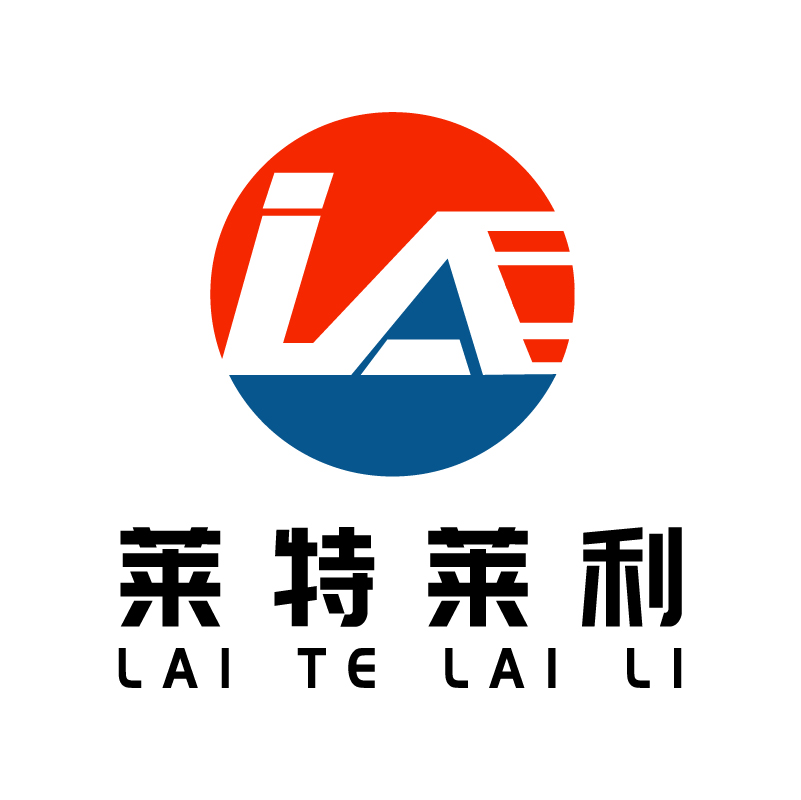What is the difference between thermal cash register paper and ordinary paper
There are significant differences between thermal cash register paper and ordinary paper in many aspects, which are mainly reflected in their production principle, use mode, characteristics and application scenarios. Here's a closer look at the differences:
First, the production principle
1.Thermal cash Register paper:
Thermal reaction: The production of thermal cash register paper is based on the principle of thermal reaction. The paper base is coated with a layer of fine powder, usually colorless dyes such as phenols or other acidic substances, separated by a thin film. Under heated conditions, the film melts, the powder mixes and a color reaction occurs, resulting in a printed text or image.
Toner free ink: A notable feature of thermal cash register paper is that it does not require toner or ink, but only generates high temperature through the thermal head of the printer to generate images and text directly on the paper.
2.Plain paper:
Traditional printing methods: Ordinary paper is printed in the traditional way, that is, using ink or toner to form text and images on the paper. This requires the printer to match consumables such as ink cartridges or carbon strips.
Second, the way of use
1.Thermal cash Register paper:
Special printer: Due to the characteristics of thermal cash register paper, it needs to use a special thermal printer for printing. This printer generates high temperature through the thermal head, which causes the color reaction of the thermal coating on the paper.
No consumables: Thermal cash register paper does not need to print consumables such as carbon strips, ribbons or ink cartridges during use, thus reducing the cost of use.
2.Plain paper:
Widely applicable: Ordinary paper is suitable for a variety of printers, including inkjet printers, laser printers, etc.
Need consumables: In the printing process, ordinary paper needs to be used with the corresponding ink cartridges, toner and other consumables.
Third,Characteristics
1.Thermal cash Register paper:
Uniform hair color: the thermal cash register paper has uniform color development under hot conditions, good surface smoothness and high whiteness.
Limited shelf life: However, the color writing on the thermal cash register paper is unstable and fades easily, making the contents of the document difficult to read for a long time. Its shelf life is affected by many factors such as paper quality, use environment (such as light, temperature, humidity).
2.Plain paper:
Stable and durable: Once the text and images on ordinary paper are printed, they usually have good stability and durability, and are not easy to fade or disappear.
Wide range of application: Due to the wide applicability of ordinary paper, it can be used for various printing needs, including documents, pictures, reports and other types of content.
Fourth,Application scenarios
1.Thermal cash Register paper:
Cash register system: Thermal cash register paper is mainly used for thermal printers in cash register systems, such as cash registers in supermarkets, shopping malls, restaurants and other places. It is suitable for printing simple, short-term use of small bills, such as shopping receipts, express bills and so on.
2.Plain paper:
Multiple scenarios: Ordinary paper is suitable for a wider range of scenarios, including office, study, creation and other fields. It can be used to print complex, long-lasting bills and documents such as bank passbooks, invoices, contracts, reports, etc.
In summary, there are significant differences between thermal cash register paper and ordinary paper in terms of production principle, use mode, characteristics and application scenarios. When choosing the use, it is necessary to comprehensively consider the actual needs and environmental conditions.


